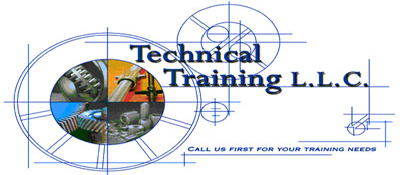Learning
Pyramid
Courses
Method of
Instruction
Instructors
Client List
Testimonials
Contact Us
|
|
|
ARC-FLASH STUDY |
| Phase I - Data Collection A Representative(s) will visit your facility to collect the electrical data necessary to prepare an arc-flash hazard analysis of your facility. Data will be collected on the electrical system from the electric utility service point through your electrical system to the equipment where the arc-flash hazard risk is reduced to a Level 1 or less. Data may not be collected on those circuits and equipment where the arc-flash hazard is below a hazard risk level one. The collection process will include recording nameplate and setting information from circuit breakers, fuses, relays (over-current and ground-fault), switchboards, and transformers; as well as feeder conductor sizes and lengths. To accomplish this, our Representative(s) and/or your Facility Representative(s) may be required to remove panel covers and open disconnects enclosures exposing energized components and conductors. In most cases data collection can be accomplished without disruption to facility operations. However, in the unusual circumstance where the data cannot be collected do to safety concerns or without disrupting the operation of the facility, the facility may elect to collect that data at a later time of their choosing. During the data collection process, Representative(s) will in the course of opening panels and removing covers, report any electrical concerns observed to the Facility Representative. (Examples include improper over-current protection, grounding concerns, broken latches, broken disconnects and similar concerns.) (To be provided by your facility) Phase II - Engineering Analysis Data collected from Phase I and/or data provided by the facility will be used to complete the engineering analysis, which includes a short-circuit analysis, protective device coordination analysis, and the arc-flash hazard analysis. From these analyses the facility will receive: Phase III - Presentation of the Results of the Arc-Flash Hazard Analysis, Affixing Labels, and Development of Electrical Safety Programs The results from Phase II – Engineering Analysis will be documented and provided to the facility in a report format. A facility may request an on-site presentation of the results of the analysis; if requested, the cost of this presentation is included in Phase III. Some facilities prefer we take responsibility for affixing the warning labels, which are printed as part of Phase II, to the appropriate equipment; if requested, the cost of this service is included in Phase III. Consulting services are available to assist in developing Electrical Safety Programs and Policies, and assisting in selection of appropriate personal protective equipment (clothing, gloves, and tools); if requested, the cost of these services are included in Phase III. Phase IV - Electrical Safe Work Practices Training The Electrical Safe Work Practices Program is designed for all personnel who work on or near any type of exposed energized equipment. Electrical Hazards, proper electrical work practices and procedures, and the safe installation of electrical equipment will be discussed. You will be introduced to the rules and regulations as required by the OSHA Electrical Safety Related Work Practices standard 1910.331-1910.335. You will also learn how the NFPA 70E requirements work in conjunction with the OSHA requirements. This program is designed to keep workers safe and provide them with life saving information. |
|
|
